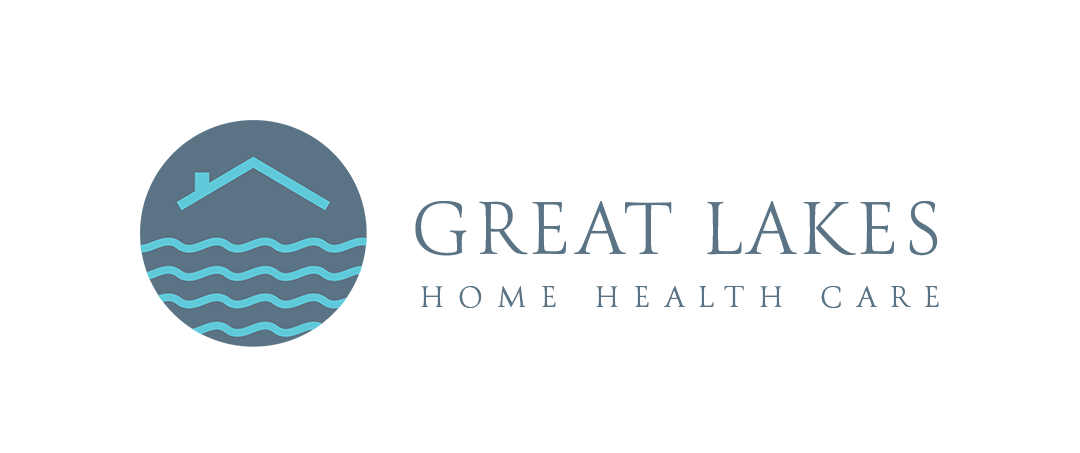As our loved ones age, a time may come when we have to face a challenging decision regarding their ability to live independently. This transition period is a delicate one, fraught with concerns about safety, well-being, and quality of life. Recognizing the signs that an elderly person can no longer live alone isn’t always straightforward, as it involves a complex interplay of health, emotional, and societal factors.
This blog provides insights and practical advice to help you make informed decisions, ensuring your loved ones continue to live with dignity and as much independence as possible while also staying safe and well-cared for.
Contents
Key Signs to Look Out For
Below are several critical indicators that might suggest it’s time to consider alternative living arrangements for your elderly loved ones. From diminished physical capabilities to changes in cognitive functions, these signs serve as a starting point for assessing their current living situation and contemplating the need for additional support.
Decline in Physical Health
A noticeable decline in physical health is a significant indicator that an elderly person might struggle to live independently. This can manifest as difficulty in moving around, frequent falls, or a visible decrease in personal hygiene that suggests they are finding it challenging to care for themselves.
Cognitive Impairment
Cognitive issues, such as memory loss, confusion, or difficulty in understanding basic instructions, can significantly impact an elderly person’s ability to live alone safely. If they’re unable to remember to turn off appliances, take medication on time, or recognize familiar faces, consider alternative living arrangements.
Emotional Changes
Significant changes in mood or behavior might indicate that living alone is no longer the best option. Isolation, withdrawal from social activities, or a noticeable lack of motivation can all be signs that an elderly loved one needs more support and companionship than they currently have.
Difficulty With Daily Living Activities
Struggling with daily living activities such as bathing, dressing, cooking, and cleaning is a clear sign that an elderly person may need assistance. When these basic tasks become challenging, they compromise their ability to live safely and independently, indicating the need for either in-home support or a transition to a living facility where help is readily available.
Neglecting Household Maintenance
A decline in the upkeep of the living environment can also signal that additional support is necessary. This may manifest as neglecting to clean, allowing food to spoil, or failing to maintain a safe and functional living space. Such signs suggest that the demands of household maintenance exceed their physical or cognitive capabilities.
Financial Mismanagement
An inability to manage finances, such as paying bills on time, keeping track of expenses, or falling victim to scams, can be indicative of cognitive decline and a vulnerability that makes living independently risky. Financial mismanagement not only endangers their immediate living situation but can also have long-term repercussions on their overall well-being.
Increased Dependence on Others
Suppose an elderly person starts to rely heavily on family members, friends, or neighbors for essential tasks, such as grocery shopping, attending doctor’s appointments, or transportation. In that case, it may indicate that they are struggling to maintain an independent lifestyle. This increased dependence is a clear sign that exploring other living arrangements could be beneficial for their safety and quality of life.
Recognizing these signs early can help in planning for a smooth transition to a living situation that provides the level of care and support needed while maintaining as much independence as possible.
Expanding Your Support Network

One of the most effective ways to assist your elderly loved ones as they face these challenges is by expanding their support network. This network can include family members, friends, community resources, and professional caregivers who can offer the necessary assistance and companionship. Utilizing local senior centers, in-home care services, and technology designed to improve safety and communication are practical steps in ensuring that your loved ones receive the support they need.
Additionally, engaging with professionals such as geriatric care managers can provide guidance and help coordinate care solutions tailored to your loved one’s needs. Building a solid support network not only helps address immediate concerns but also lays a foundation for a more secure and fulfilling living situation for the elderly person in your life.
Tips to Help with the Transition
As you navigate this transition period, it’s essential to approach the process with sensitivity and empathy. Here are some tips to help ease the challenges associated with transitioning your loved one to a new living situation:
- Involve them in decision-making as much as possible.
- Be transparent about the reasons for considering alternative living arrangements.
- Listen to their concerns and fears, and address them with compassion.
- Provide emotional support and reassurance throughout the process.
- Visit frequently to help them adjust to their new surroundings.
- Encourage engagement in social activities to maintain a sense of independence and purpose.
Conclusion
Deciding to move an elderly loved one out of their home is never easy, but it’s crucial to prioritize their safety, well-being, and quality of life. By recognizing key signs, expanding their support network, and approaching the transition with kindness and understanding, you can help ensure that your loved one receives the care they need while maintaining as much independence as possible.

